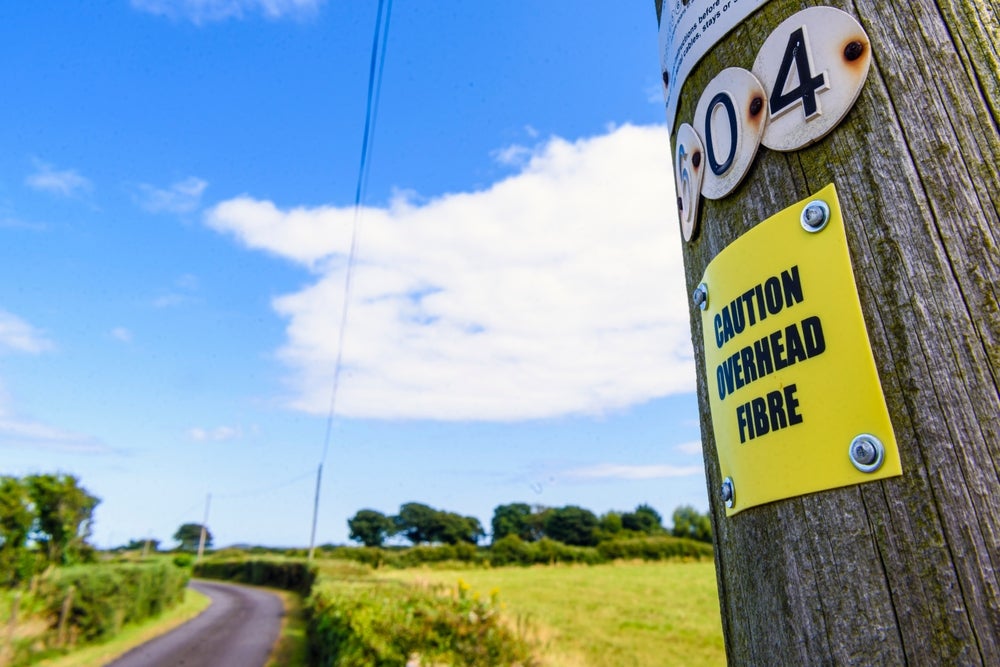It has been reported that UK full-fibre broadband company Zzoomm is looking to find a merger partner.
The company operates in 29 market towns and small urban communities across the UK. It signed up its 30,000th customer in August 2024, representing a 15% penetration rate of 200,000 residential and business locations passed.
As with so many altnets (alternative network providers), Zzoomm appears to be finding it hard to reach a sustainable business model (the fact that its strategy still states that it is aiming for over 80,000 locations passed by 2022 is an indication of the challenges faced).
The generally accepted commercial sustainability threshold is 30% penetration, so Zzoomm is way off that and appears to have recognised that consolidation is its next step forward.
Its latest accounts state that “The capital raising market remains extremely tight in the UK and the cost of capital available remains too high to generate equity returns. Accordingly, the focus now is on commercialising our network towards profitability. The construction of a new network is being wound down and is expected to cease by the end of Q2 2024.”
Zzoomm in on a plus point
In Zzoomm’s favour as a consolidation partner, it had chosen not to build out networks in the same locations as other full-fibre altnet providers.
Zzoomm is not the only altnet player in this leaky boat. With up to 100 operating in the UK, there are far too many. Consolidation has already started and is poised to accelerate.
The generally accepted tenet is that the main fibre providers in the UK will end up being (BT) Openreach, Virgin Media O2 (through nexfibre), and CityFibre, with a few niche players managing to survive in particular markets. CityFibre is the obvious acquirer for other altnets, although nexfibre did acquire upp in September 2023. Openreach can be discounted for regulatory reasons.
Consolidation
This consolidation conforms with the ‘Rule of Three’ which states that ‘all new markets will mature and consolidate until only a handful of major competitors control 70% to 90% of the market while niche players make up the rest.’
Robert Pritchard, GlobalData Principal Analyst in Enterprise Technology and Services, observes: “The question is not if, it’s when. With a limited number of potential buyers, they can bide their time and look for fire sales of assets to build their network reach at the lowest potential cost. This may prove disruptive for customers, so Openreach and its go-to-market partners will be hoping to benefit as the inevitable consolidation process rolls on.”









